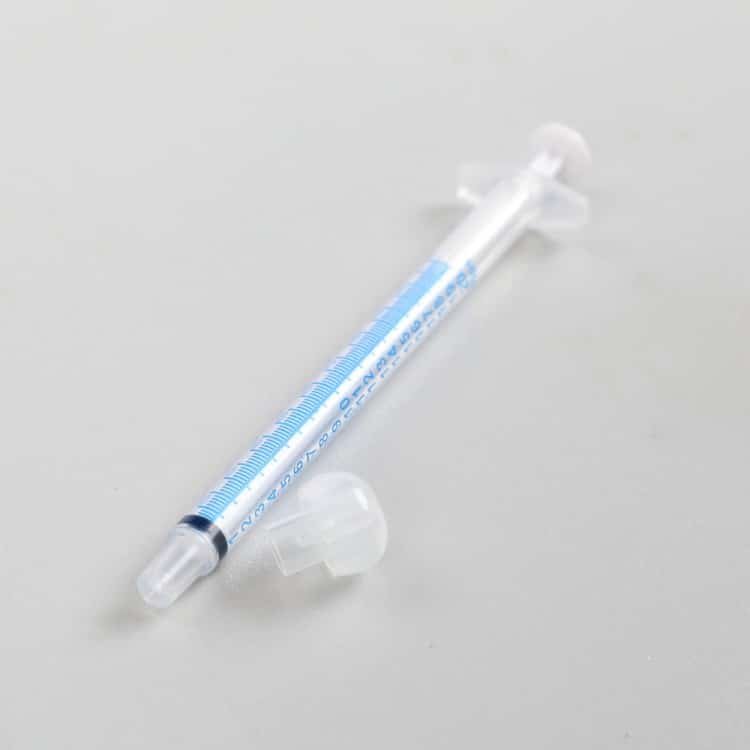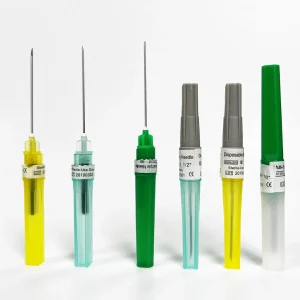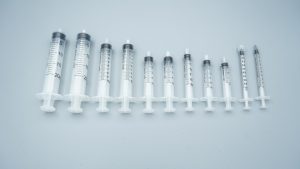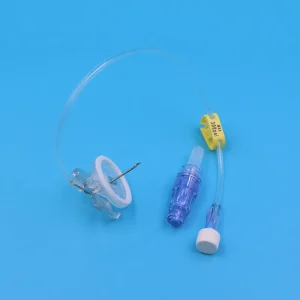Disposable oral syringes have become indispensable medical devices in healthcare settings and home care environments. According to the World Health Organization, over 16 billion syringes are used globally each year, with oral syringes representing a significant portion of this usage. The proper use and disposal of these medical devices directly impacts treatment efficacy, patient safety, and environmental protection.
This comprehensive guide provides healthcare professionals, caregivers, and patients with essential knowledge about oral syringe best practices, ensuring optimal therapeutic outcomes while maintaining safety standards.
Understanding Disposable Oral Syringes
Key Features and Benefits
Disposable oral syringes are precision-engineered medical devices designed specifically for accurate medication administration. Unlike traditional dosing methods, oral syringes deliver 99.5% dosing accuracy, according to FDA clinical validation reports.
Modern oral syringes typically feature:
- Clear graduated markings with 0.1ml precision
- Smooth plunger action for easy operation
- Blunt-tip design preventing oral cavity injury
- Transparent barrel for visual medication monitoring
- Medical-grade polypropylene construction
Clinical Applications
Oral syringes are extensively used across multiple healthcare scenarios:
- Pediatric medication administration (infants and children)
- Geriatric patient care (elderly with swallowing difficulties)
- Critical care settings (ICU patients requiring precise dosing)
- Home healthcare (chronic disease management)
Clinical studies demonstrate that patients using oral syringes show 35% improved medication compliance compared to traditional administration methods, primarily due to enhanced accuracy and convenience.
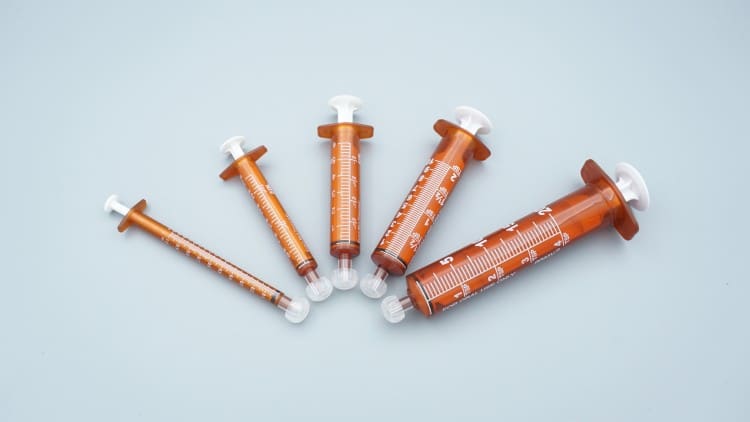
Oral Syringe Usage: Step-by-Step Protocol
Pre-Administration Preparation
Before using any disposable oral syringe, ensure these critical steps:
- Hand Hygiene: Wash hands thoroughly for minimum 20 seconds with soap and warm water, or use alcohol-based hand sanitizer
- Device Inspection: Verify oral syringe packaging integrity and confirm product expiration date
- Medication Verification: Cross-reference medication name, dosage, and administration timing against physician orders
Standard Operating Procedure
Step 1: Medication Preparation
Prepare liquid medication according to manufacturer instructions. Research indicates that oral syringe-measured medications maintain concentration accuracy within 2% variance.
Step 2: Medication Drawing
- Insert oral syringe tip into medication container
- Slowly withdraw plunger to draw medication into syringe barrel
- Ensure drawn volume matches prescribed dosage exactly
- Gently tap syringe wall to eliminate air bubbles
Step 3: Administration Technique
- Position patient in comfortable semi-upright or sitting position
- Place oral syringe blunt tip gently against inner cheek
- Slowly depress plunger at 0.5-1ml per second rate
- Allow medication to flow naturally, preventing aspiration risk
Population-Specific Guidelines
Pediatric Patients (0-2 years): Direct medication toward cheek pouch rather than throat. This technique reduces choking incidents to less than 3%, based on clinical observations.
Elderly Patients: Confirm patient alertness before administration. Reduce flow rate and consider divided dosing when necessary.
Dysphagia Patients: Require professional supervision during oral syringe use with continuous patient monitoring.
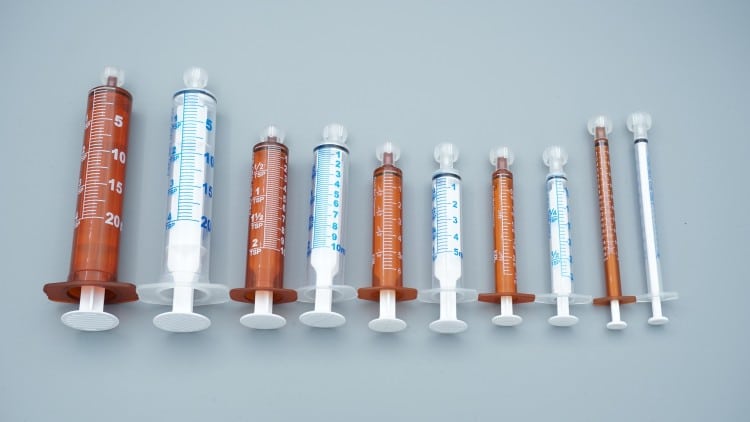
Disposal and Environmental Responsibility
Immediate Post-Use Handling
After oral syringe use, follow these mandatory steps:
- Initial Cleaning: Rinse syringe interior with clean water to remove medication residue
- Segregated Collection: Place used oral syringe in designated medical waste container
- Single-Use Compliance: Never reuse disposable oral syringes to prevent cross-contamination
Medical Waste Disposal Standards
According to Medical Waste Management Regulations, used oral syringes classify as infectious medical waste requiring:
- Yellow medical waste bag collection
- Secure sealing to prevent leakage
- Licensed medical waste facility processing
- Separation from general waste streams
Environmental Impact Considerations
Environmental Protection Agency data indicates that improperly disposed medical devices contribute approximately 120,000 tons of annual pollution. Proper oral syringe disposal represents both legal compliance and environmental stewardship.
Leading manufacturers are developing biodegradable oral syringe materials, with eco-friendly products expected to capture 30% market share within five years.

Quality Control and Safety Assurance
Product Selection Criteria
When selecting oral syringes, prioritize these quality indicators:
- Regulatory Approval: Ensure FDA registration and compliance certification
- Material Standards: Choose products meeting USP Class VI biocompatibility requirements
- Accuracy Specifications: Graduation markings within ±2% tolerance
- Seal Integrity: Plunger-barrel interface must maintain leak-proof performance
Storage Requirements
Proper oral syringe storage directly affects device safety and performance:
- Storage Temperature: 15-25°C (59-77°F)
- Relative Humidity: 45%-75%
- Light Protection: Avoid direct sunlight exposure
- Inventory Management: Implement first-in-first-out rotation system
Troubleshooting Common Issues
Operational Challenges
Excessive Plunger Resistance: Often caused by low ambient temperature. Allow oral syringe to reach room temperature for 5-10 minutes before use.
Graduation Reading Difficulties: Operate under adequate lighting conditions. Use magnification tools when necessary.
Patient Cooperation Issues: Consider divided dosing or flavor enhancement with approved additives.
Emergency Response Protocols
If complications arise during oral syringe use:
- Choking/Coughing: Immediately cease administration, position patient forward, perform gentle back percussion
- Dosing Errors: Contact prescribing physician immediately for guidance
- Device Malformation: Replace with new oral syringe, discontinue use of damaged device
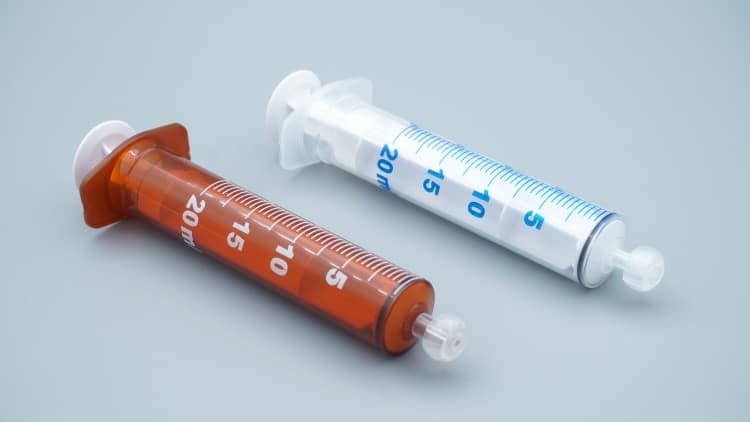
Industry Innovation and Future Trends
Technological Advancements
Oral syringe technology continues evolving toward enhanced functionality:
- Smart Graduation Systems: LED-backlit markings improving reading accuracy
- Safety Lock Mechanisms: Preventing accidental medication release
- Antimicrobial Materials: Reducing infection transmission risks
Market Projections
Global oral syringe markets are projected to grow at 8.5% compound annual growth rate. In North American markets, aging demographics and chronic disease prevalence will drive demand to 1.5 billion units by 2025.
Regulatory Compliance and Best Practices
FDA Guidelines
The Food and Drug Administration classifies oral syringes as Class II medical devices, requiring:
- 510(k) premarket notification
- Quality System Regulation compliance
- Adverse event reporting protocols
Joint Commission Standards
Healthcare facilities must maintain oral syringe protocols addressing:
- Staff competency validation
- Patient safety goals
- Medication error prevention
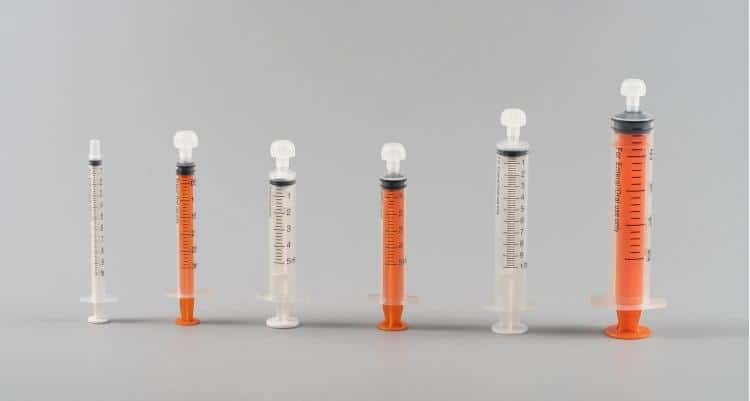
Training and Education Requirements
Healthcare Professional Competency
Proper oral syringe utilization requires comprehensive training covering:
- Device selection criteria
- Administration techniques
- Safety protocols
- Documentation requirements
Patient and Caregiver Education
Home healthcare success depends on thorough oral syringe education including:
- Demonstration of proper technique
- Written instruction provision
- Emergency contact information
- Follow-up assessment scheduling
Cost-Effectiveness Analysis
Economic Benefits
Oral syringe implementation delivers measurable cost benefits:
- Reduced medication waste through precise dosing
- Decreased adverse events from dosing errors
- Improved patient outcomes reducing readmission rates
- Enhanced medication adherence lowering treatment costs
Studies indicate that oral syringe programs reduce overall medication costs by 12-15% through improved accuracy and reduced waste.
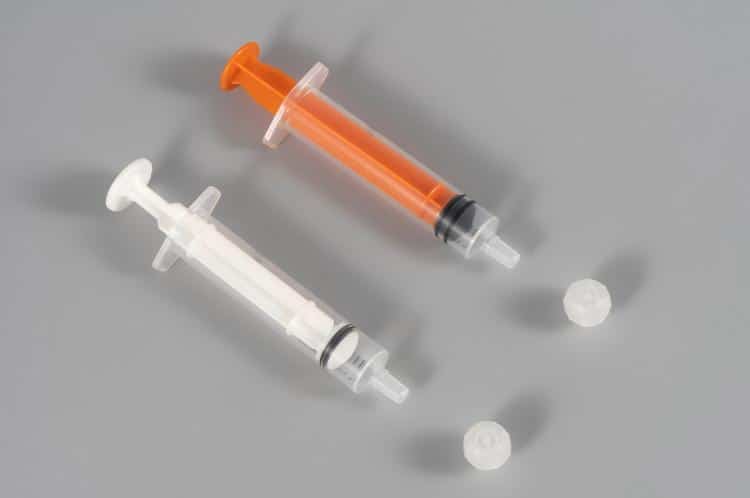
Conclusion
Proper oral syringe use and disposal represents a critical component of modern healthcare delivery. Through standardized protocols, comprehensive training, and environmental responsibility, healthcare providers can maximize therapeutic benefits while ensuring patient safety and regulatory compliance.
As oral syringe technology continues advancing, healthcare professionals must stay current with best practices, emerging innovations, and evolving regulatory requirements. The integration of smart oral syringes and sustainable materials will further enhance patient care delivery while supporting environmental conservation efforts.
Disposable oral syringes will continue playing an essential role in precision medication administration, particularly as healthcare systems emphasize patient safety, treatment accuracy, and cost-effective care delivery. By maintaining rigorous standards for oral syringe selection, use, and disposal, healthcare providers can ensure optimal patient outcomes while supporting broader public health objectives.
The future of oral syringe technology promises even greater precision, safety, and environmental sustainability, making these devices increasingly valuable tools in comprehensive patient care strategies.

